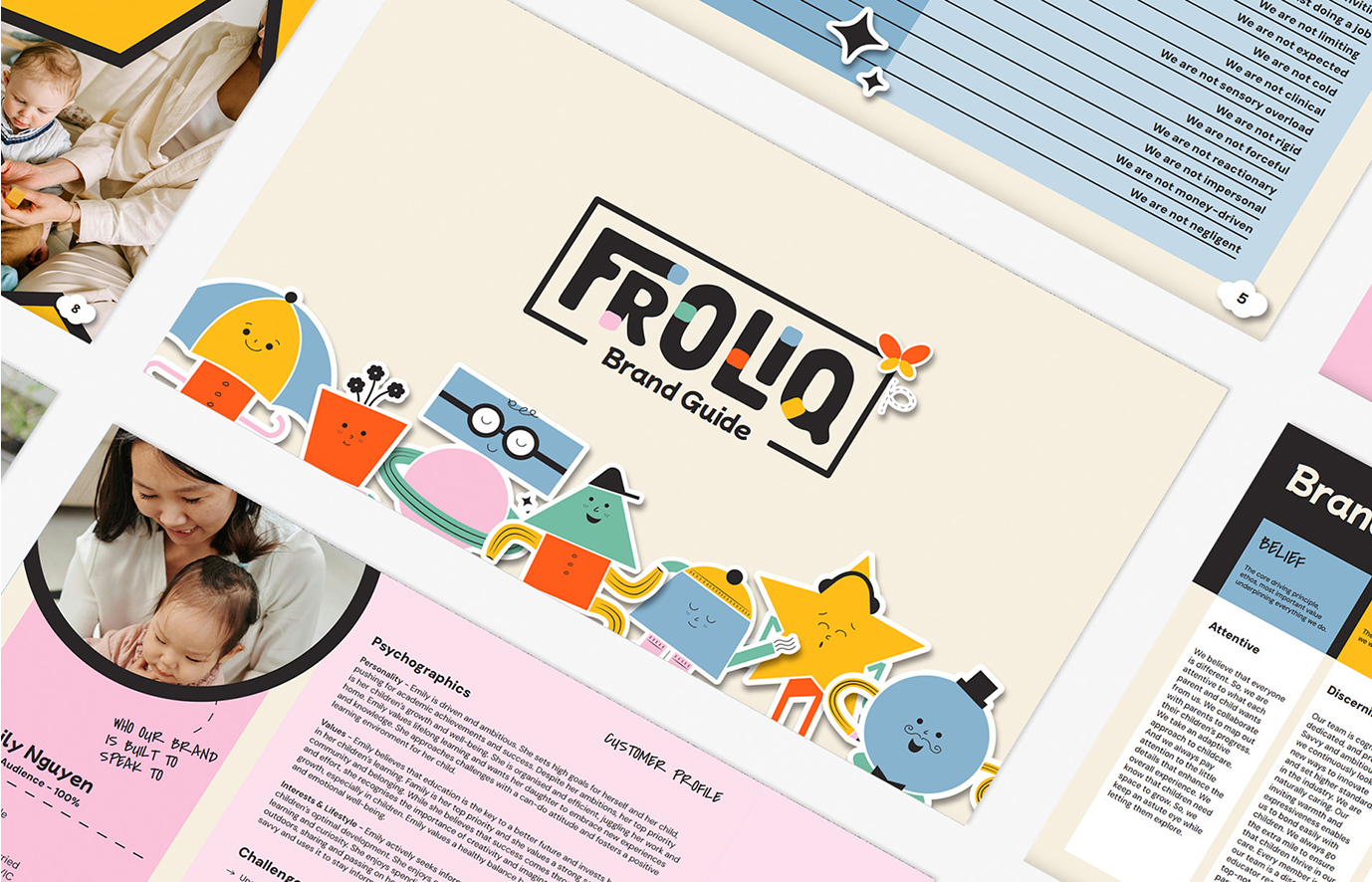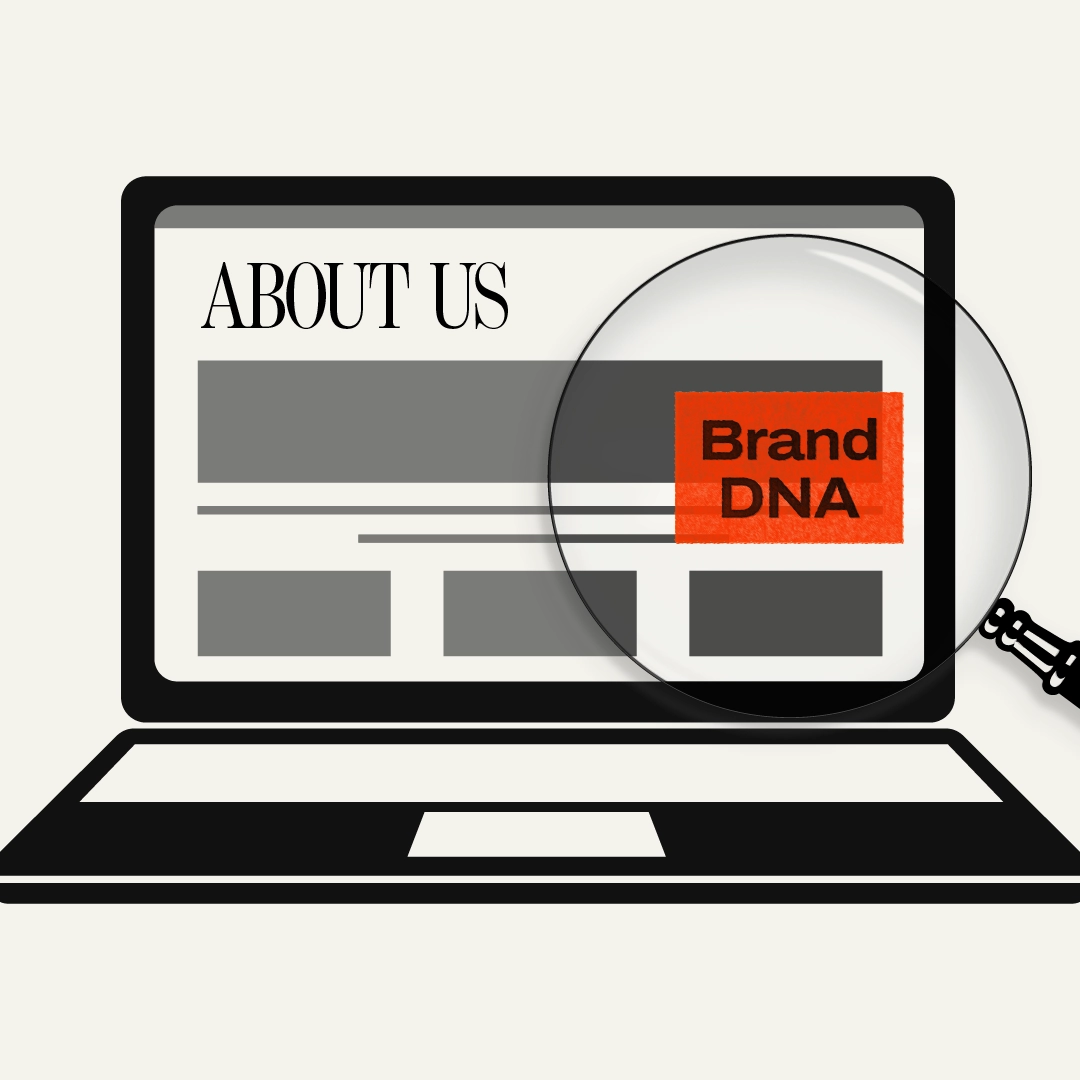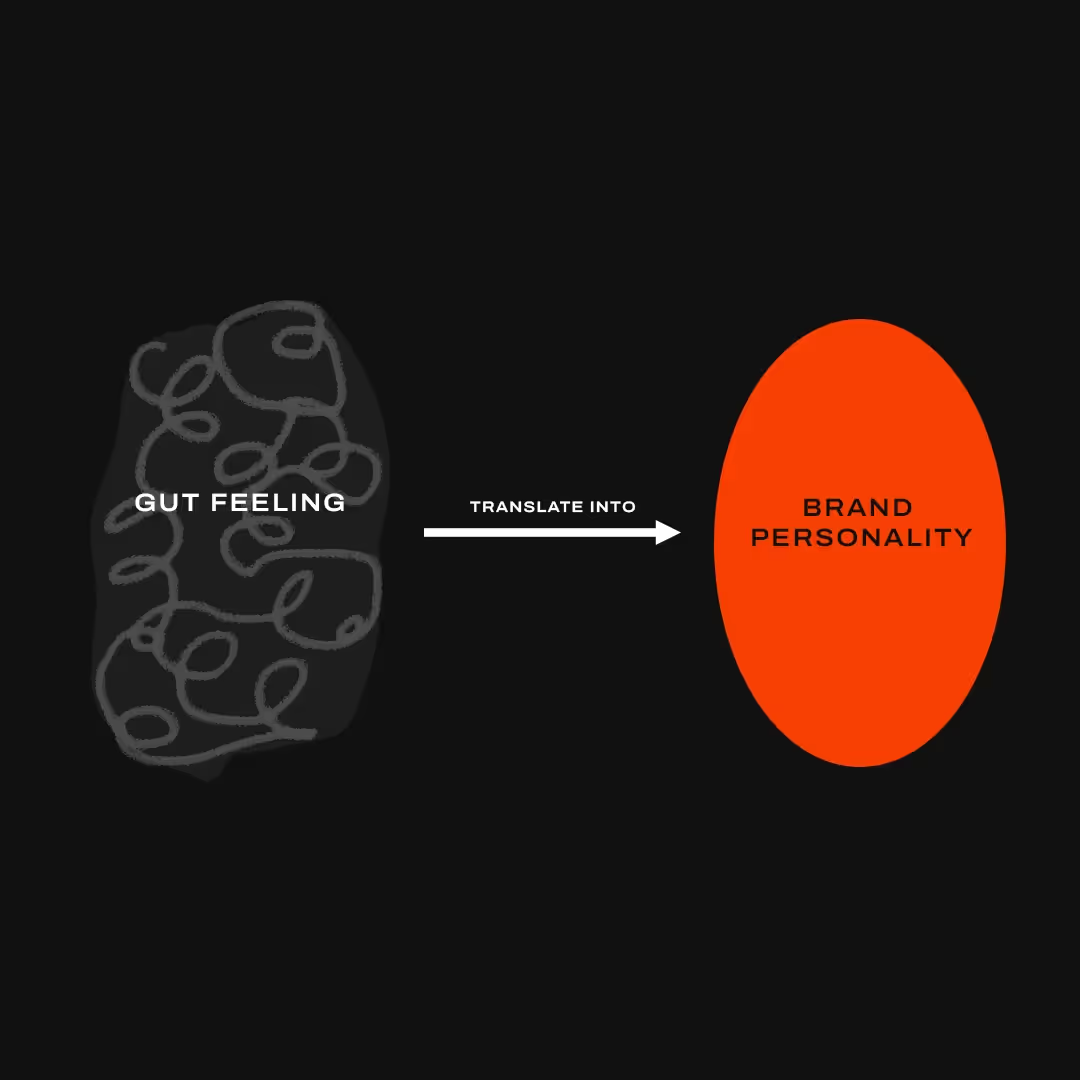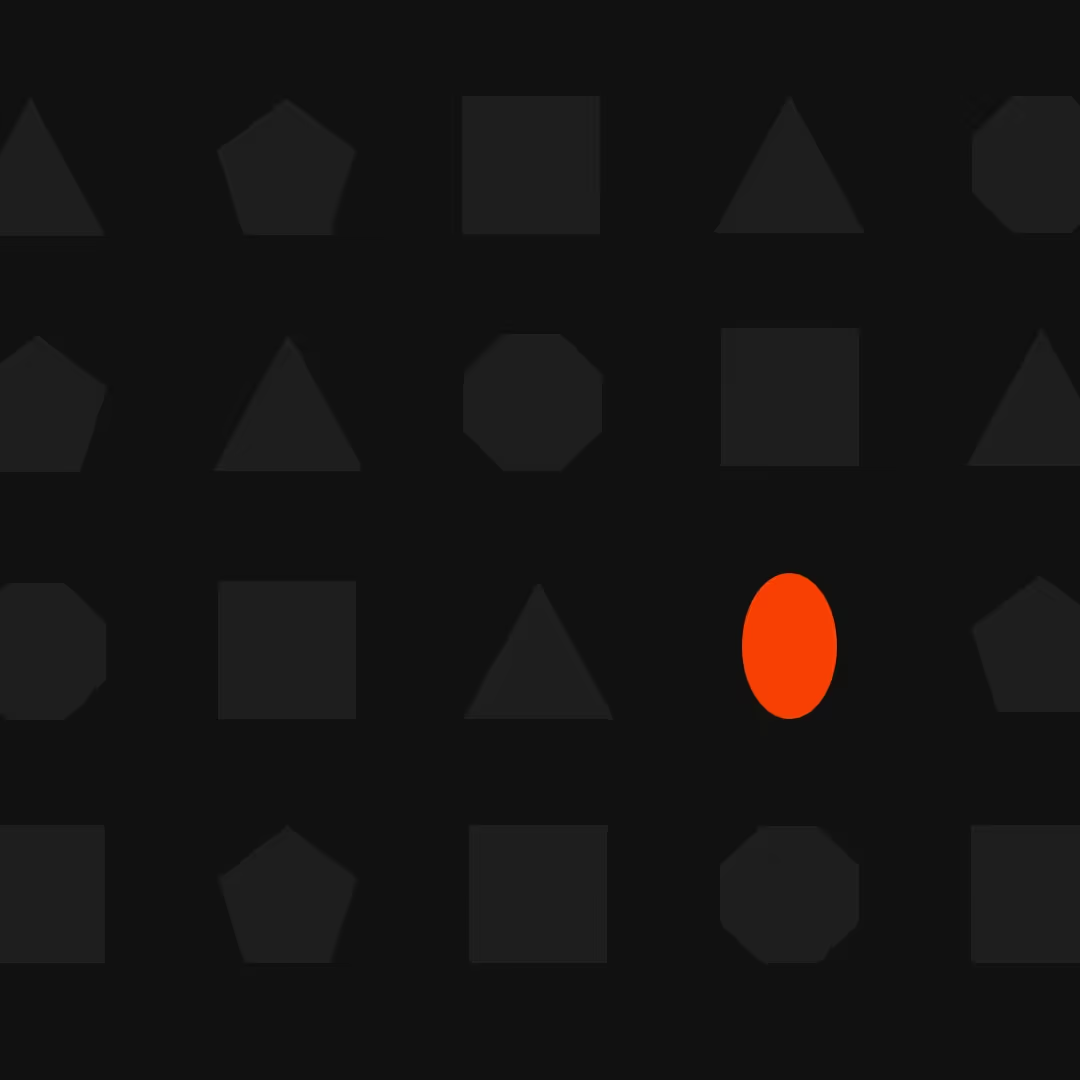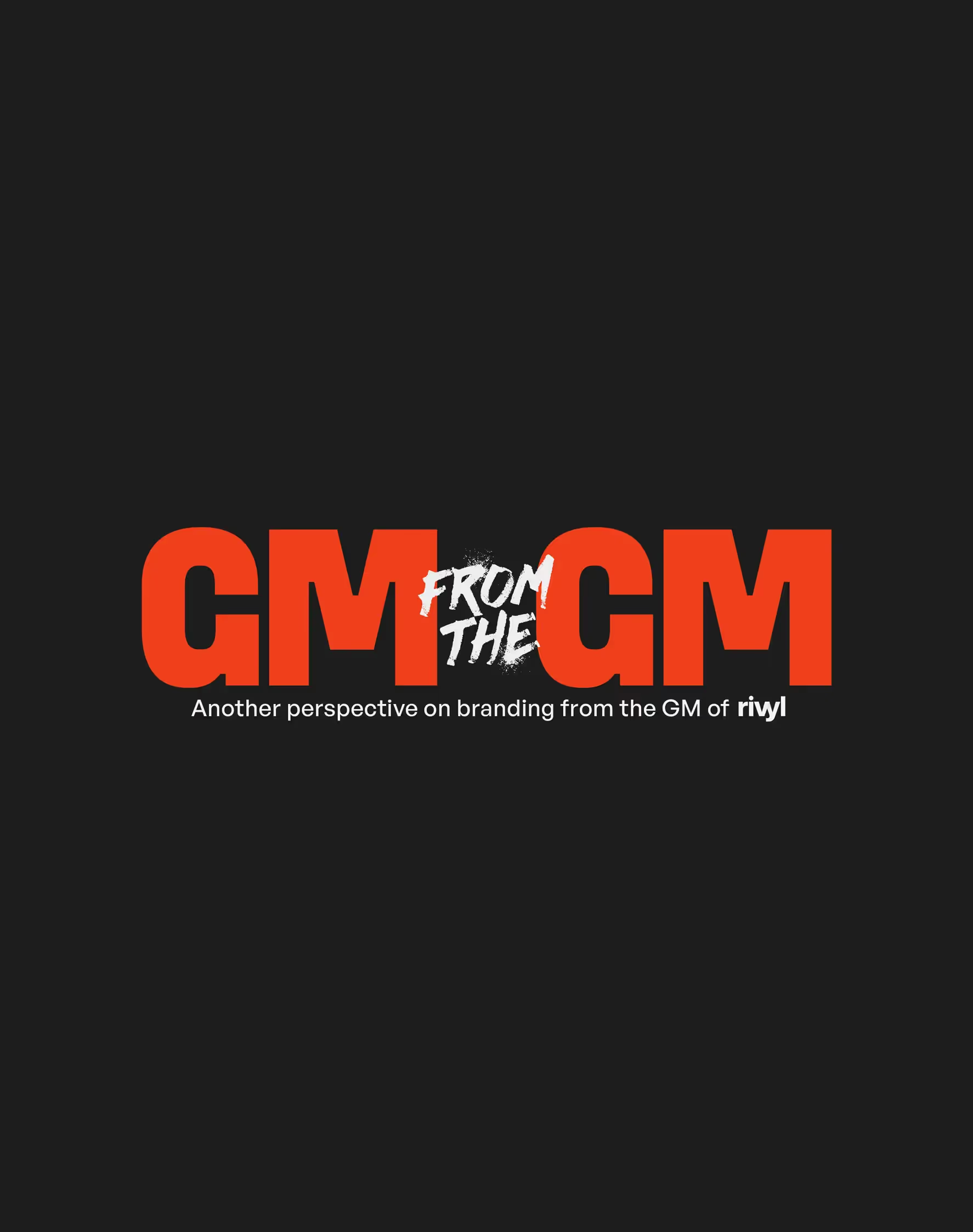Get Clicked, Not Overlooked: Essential Web Design Principles
Harness the essence of striking visuals and user-friendly layouts to build websites that elevate user engagement and maximize conversions.


Shaping an irresistible online presence requires a deep understanding of web design principles. With a blend of user psychology, artful simplicity, and strategic navigation, you can create experiences that captivate and convert.
What are the principles of web design?
- Identify your target audience for a purpose-driven website design.
- Clearly establish your website's primary goals to align design decisions.
- Incorporate a visible and compelling call-to-action to guide users.
- Eliminate unnecessary elements for a clean and minimalistic design approach.
- Ensure your web design prioritizes functionality and usability first and foremost.
- Adopt logical and intuitively structured navigation menus for straightforward user experience.
- Choose fonts that are web-friendly, ensuring readability across different devices and screens.
- Employ a complementary color palette to foster visual harmony and brand recognition.
- Design responsively to optimize user experience on both desktop and mobile environments.
- Regularly conduct usability testing to garner feedback for iterative design improvements.
Ready to unravel the secret to high-performing websites? Discover how visual hierarchy, compelling communication, and streamlined navigation work in unison to build websites that impress at every click. Stay tuned till the end for insightful tips that can give your web design strategy an extraordinary boost.
UNDERSTANDING USER PSYCHOLOGY IN WEB DESIGN

Let's talk about something very important: Understanding how users think. By getting inside the heads of our target audience, we can create experiences that they'll love to use.
User psychology is about knowing what makes people tick. Studies have shown that when users land on a webpage, they scan it in an F-shaped pattern. They start at the top left, then move down and across to the right. They're looking for info that's easy to find and digest. Sorry, peripheral details, but you're not their top priority!
And let's remember user patience. We're living in the age of instant gratification, where fast load times and easy navigation are king. If users have to wait forever or go on a treasure hunt to find what they need, they'll bounce and never look back. It's all about making things snappy and user-friendly.
Let's take a quick look at Amazon. Talk about a design genius! This site knows how to put user experience on a pedestal. They've got a checkout process that feels like a breeze, navigation that anyone can handle, and clear buttons that scream, "Click me!" No wonder users convert into customers and keep coming back for more.
Understanding user psychology is like having the ultimate design cheat code. When we put our users at the heart of our process, we create interfaces that rock their world. By catering to their needs and expectations, we get more engagement, conversions, and bigger smiles on our users' faces.
Let's create interfaces that make them say, "Wow, this is exactly what I needed!" It's time to be the user whisperer and create designs that leave them wanting more.
THE ART OF SIMPLICITY AND FOCUS

Have you ever stumbled upon a website that immediately grabbed your attention? Those sleek, modern designs that make you feel calm and focused? That kind of design isn't just a happy accident. It's a deliberate and strategic choice that dramatically impacts how you experience the site.
A key player in this game is white space or negative space. These refer to the empty areas in a design, the spaces around and between elements. These make a page look clean and easy to read.
By effectively using white and negative space, designers can create a flow that makes everything on the page feel organized and natural. The spaces between elements give your eyes a break and help to avoid overwhelming you with too much stuff. Also, by providing essential elements room to breathe, designers can guide your attention to the most critical parts of the page.
Take a look at Google's homepage as an example. The search bar and Google logo are in the middle of the page, surrounded by white space. This simplicity and openness make it easy to focus on and interact with the search bar. It's clean, uncluttered, and just plain lovely to look at.
Simplicity is a big deal when it comes to design. People love designs that are simple and intuitive, ones that they can quickly understand and navigate. A study by Google even showed that participants overwhelmingly preferred products and websites with simpler designs over complicated ones. Simple designs look better and are more straightforward, plain, and simple.
Dropbox's interface is an excellent example of this. It has a clean and minimal layout, making it super easy to find and access your files. Its simplicity lets you focus on what matters most - your stuff.
But simplicity alone isn't enough. You also need to know how to direct your users' attention. Designers can guide you to take specific actions by emphasizing certain elements. Think of a strategically placed "Buy Now" button on an online store. That can make all the difference in getting you to click and purchase.
Look at Apple's website. It's a prime example of simplicity and focus done right. Their clean and minimalistic design lets their products shine. With their use of white space, simple navigation, and clear call-to-actions, Apple creates an experience that's seamless and downright enjoyable.
So if you're a designer working on a website, remember the power of simplicity and focus. Using techniques like white space, simple interfaces, and strategic emphasis, you can create sites that grab attention and keep people engaged. It's all about capturing their attention and keeping them hooked.
EFFECTIVE COMMUNICATION THROUGH WEB DESIGN

Let's talk about visual language. It's all about using colors, fonts, and images to create a vibe and evoke emotions. Did you know that people judge a website within milliseconds? So you've got to make a good first impression with your visuals. Check out Pentagram's website. They use bold colors, clean fonts, and eye-catching images to show their creative skills. It's like a visual feast that instantly grabs your attention and makes you want to explore more.
But visuals alone won't cut it. You've also need to know how to write compelling content. Good writing captures attention, gives valuable info, and builds trust, so make sure your writing is on point. Take a look at MailChimp's website. They've got it down with their concise and conversational writing style. You feel like they're talking directly to you, explaining their features in a way that's easy to understand. It's like chatting with a friend who knows all the cool marketing stuff.
Now let's talk about consistency. It's the secret sauce that makes your website flow smoothly. Users can find their way around easily when things look and work the same way across your site. It's like having a GPS for your website. Netflix is the master of consistency. Everything feels familiar whether you're on their website or using the app. The controls are where you expect them to be, and the colors and design stay consistent. It's a seamless experience that lets you dive into your favorite shows.
To create a fantastic website, you need visual language, compelling writing, and consistency. Ensure your visuals are eye-catching, write content that hooks people in, and keep everything consistent and intuitive. With these tricks up your sleeve, you'll have a website that wows users and keeps them returning for more.
NAVIGATION AND FEATURE EXPOSURE

In the ever-changing world of the internet, where attention spans are short and options are endless, a website's success hinges on its ability to guide users smoothly through the digital landscape. Imagine wandering into a bustling marketplace with no clear path or signs to point you in the right direction. Frustrating, right? Well, the same goes for websites.
A logical navigation system is a secret ingredient that effortlessly helps users find what they want. By organizing pages in a user-friendly way, websites can keep bounce rates low and make users happier. It's like putting up clear signs at every corner, leading users from one page to the next without confusion.
But navigation alone won't cut it. What good are the fantastic features of a website if users don't even know they exist? That's where feature exposure comes in. Picture yourself in an art gallery with incredible masterpieces hidden in dark corners. It's a missed opportunity. Well, the same goes for websites. Making sure that essential features are showcased and easily accessible is crucial.
Airbnb is a prime example of strategic feature exposure. They use intelligent visual cues and prompts to direct users' attention towards their most valuable features, like "Experiences" and "Superhosts." By putting these front and center, Airbnb grabs users' interest and turns them into enthusiastic participants.
Language helps us communicate, and web design conventions help users navigate and feel at ease. Take X (formerly known as Twitter), for instance. It's a digital realm where millions share thoughts and ideas. Twitter sticks to familiar navigation patterns, using consistent icons like "Home," "Notifications," and "Messages." It creates a reliable structure that users instantly recognize. It's like a language that users understand, guiding them smoothly as they move around the platform.
Logical navigation, practical feature exposure, and embracing conventions are the building blocks of excellent web design. By guiding users, showcasing features, and sticking to familiar patterns, websites can create experiences that amaze and engage their audience.
VISUAL HIERARCHY: A KEY DESIGN PRINCIPLE

When it comes to designing websites, creating an incredible visual flow is vital. It's all about using design tricks like size, color, contrast, and spacing to grab the user's attention and show them what matters most. By nailing this, designers can make websites more engaging and user-friendly.
Nature is a great reference for good design. Like the golden ratio (1.618), its natural proportions have influenced art, architecture, and website design. Adding these proportions to a website's visual flow can make it look fantastic and well-balanced, creating a pleasing user experience.
Let's look at Gucci's website to see how this works. They use visual hierarchy to guide users through their collection and show off their new stuff. They play with sizes, colors, and placements to make certain elements stand out.
When you land on Gucci's website, you're hit with a striking image that demands your attention. They pick images that represent their brand and what they're all about. And right below that, you'll find a menu that's impossible to miss, making it super easy to explore the different parts of the site.
Scrolling down, you'll notice different sections, each with its own visual hierarchy. Check out the "Featured Collections" section. Big product pics and bold typography make the latest and most popular collections pop. Plus, they use space and clean layouts to keep things nice and organized so you won't feel overwhelmed.
Inside each collection, they use visual hierarchy again to help you focus on the essential details of each product. They make the product name, price, and "Add to Cart" button stand out with size, color, and contrast. That way, you can find and snag the most exciting products without fuss.
Visual hierarchy is like the secret sauce that makes websites addictive. It's all about grabbing your attention, making things look fantastic, and helping you effortlessly find what you're looking for.
THE POWER OF COLOR IN WEB DESIGN

Let's dive into the fascinating world of color psychology and how it can make your website's call-to-action buttons more effective. You'll discover how different colors stir emotions and influence our behavior without us even realizing it.
Imagine looking at a website with warm colors like red or orange. These colors create a sense of excitement and urgency, making them perfect for promoting limited-time offers or special events. On the other hand, if you see a website with cool colors like blue or green, it evokes a feeling of calmness and trust, making it ideal for businesses in healthcare or finance.
In the design world, achieving harmony is critical, and one way to do this is by using complementary colors. Complementary colors are the ones that sit opposite each other on the color wheel. When you combine these colors, they create a vibrant and balanced visual impact. Using complementary colors in your web design makes a harmonious look that captures users' attention and effectively conveys your message. For example, pairing blue with orange or green with red for a visually striking contrast instantly grabs attention.
Let's discuss call-to-action buttons to encourage users to act on your website. The colors you choose for these buttons can significantly impact user behavior. Use a vibrant and contrasting color. It will draw immediate attention and create a sense of urgency, prompting users to take action immediately. On the other hand, using a more subdued and harmonious color will evoke trust and create a relaxed atmosphere, encouraging users to engage with the call-to-action in a more laid-back manner.
To illustrate this, let's take a look at Spotify. They use a lot of green in their design, which creates a feeling of tranquility and growth. Their call-to-action buttons, like "Sign Up" and "Play," are a vibrant shade of green, which adds enthusiasm and engagement. The combination of different shades of green on their website creates a serene and inviting atmosphere. The bright green buttons stand out against the black background, capturing users' attention and urging them to act.
Another example is Uber, the popular ride-hailing service. They keep it simple with a black-and-white color scheme. Their "Request Ride" button, an essential call-to-action in their app, features a black color on a white background. This creates a high contrast that grabs users' attention and compels them to request a ride immediately.
By understanding color psychology and using complementary color palettes, designers can create visually pleasing websites that attract users and drive conversions. So, whether you're inspired by Spotify's serene green or Uber's enticing black and white, real-life examples show us the transformative power of colors in web design.
TO WRAP THINGS UP
Understanding user psychology, mastering the art of simplicity and focus, communicating effectively through web design, navigating intelligently, ensuring feature exposure, incorporating visual hierarchy, and asserting the power of color in web design are all indispensable elements in creating successful and engaging digital interfaces. Keep these principles at the forefront of your design process to craft websites that look visually appealing and respect users' preferences and expectations, hence driving them to come back for more. Remember, to truly resonate with users, we need to keep learning, experimenting, testing, and improving, because, at the end of the day, effective web design is about fostering connections, evoking emotions, and easing the user journey. Let's create experiences that truly matter!
You suffer needlessly. We can help. And not by giving you Xanax. We're the real deal.

The Accelerator
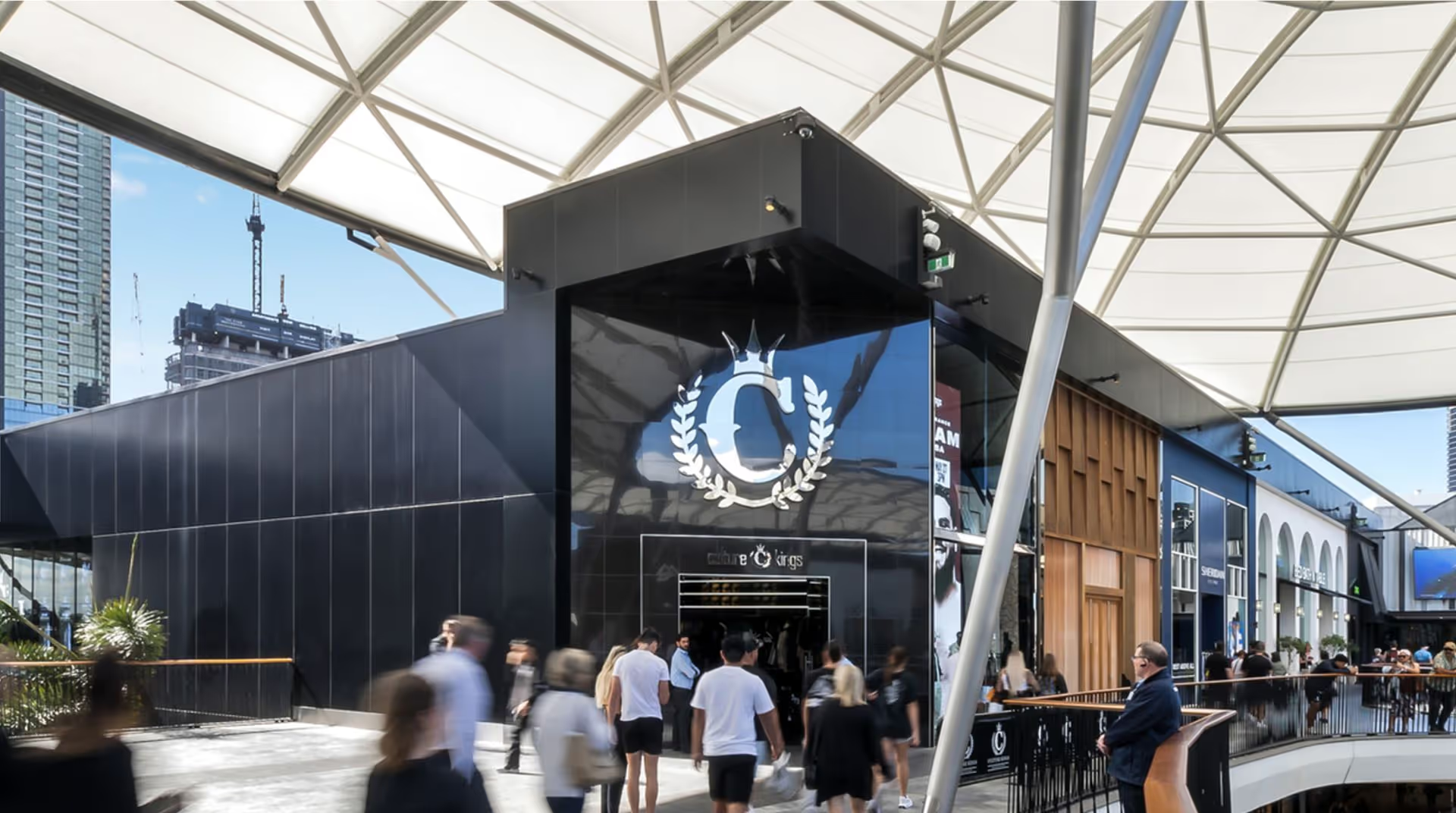
Building brands with powerful market presence
Leading Brands Choose us
Book in with one of our experts.
